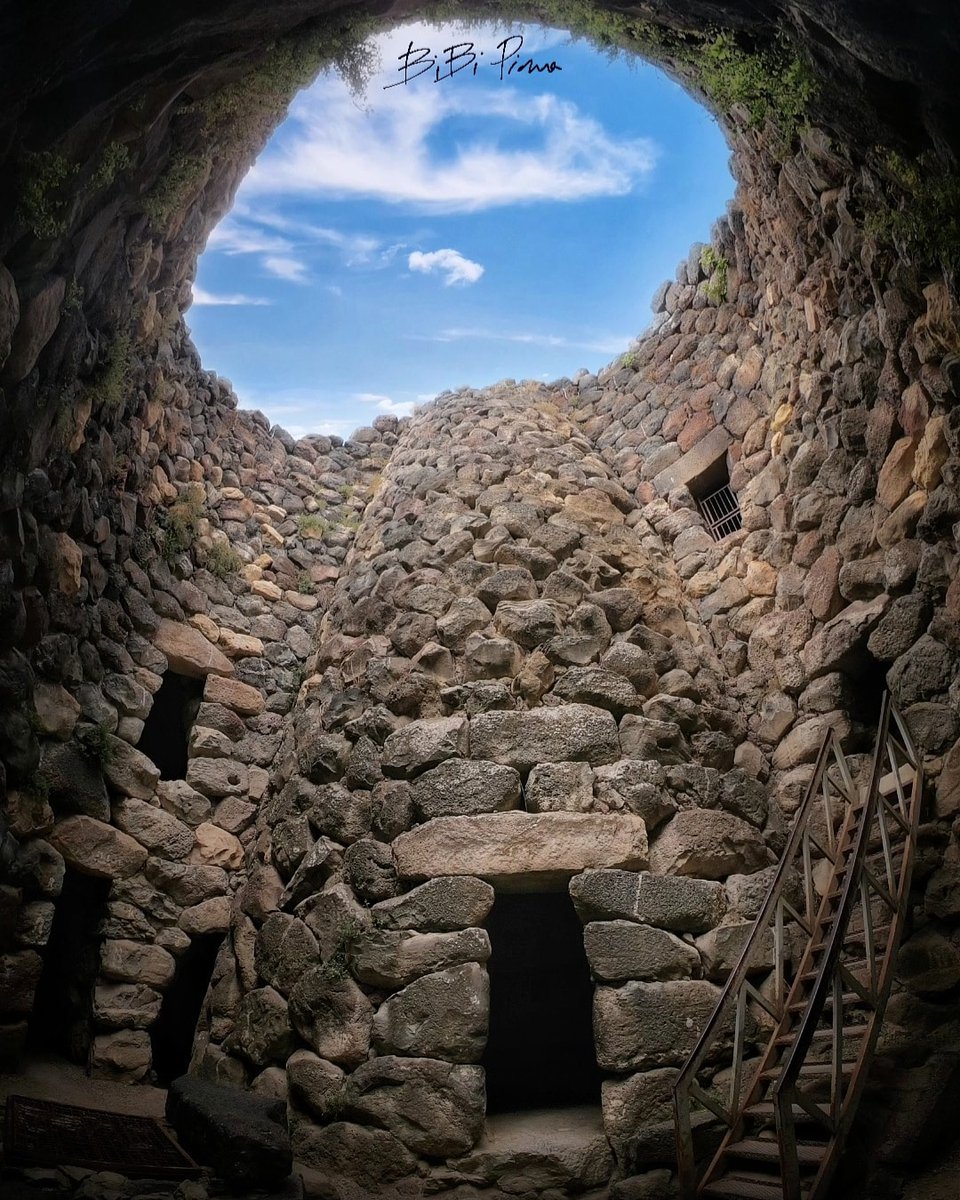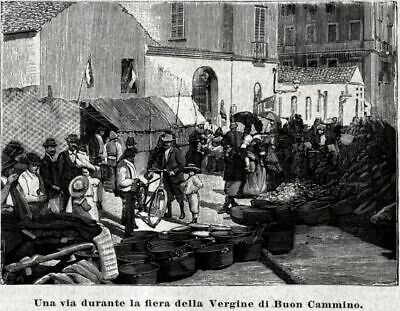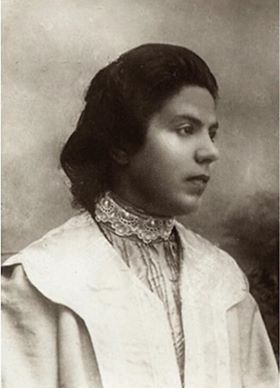
**NURAGIC SARDINIA – part 3: the tombs of the giants**
Third part of the series regarding Nuragic Sardinia. We'll talk about collective burials.
📸S'Ena 'e Thomes, Dorgali
Third part of the series regarding Nuragic Sardinia. We'll talk about collective burials.
📸S'Ena 'e Thomes, Dorgali

The so-called tombs of the giants are collective tombs (better, ossuaries) of the Nuragic period. The name "giants" derive from popular folklore and the great dimensions of the constructions. There are around 100 tombs distributed in the whole Island. 


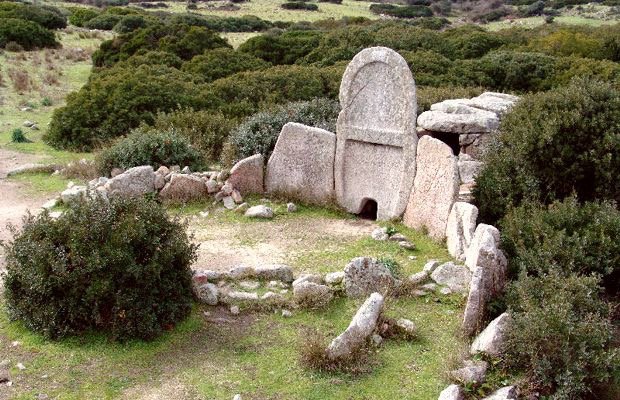
These tombs are characterized by a long corridor, several metres long and 3 metres high, covered with huge horizontal stones. The front is closed by a monolith (in S'Ena'e Thomes, the monolith is around 6 metres high), with an engraved frame and a small little door at the base. 

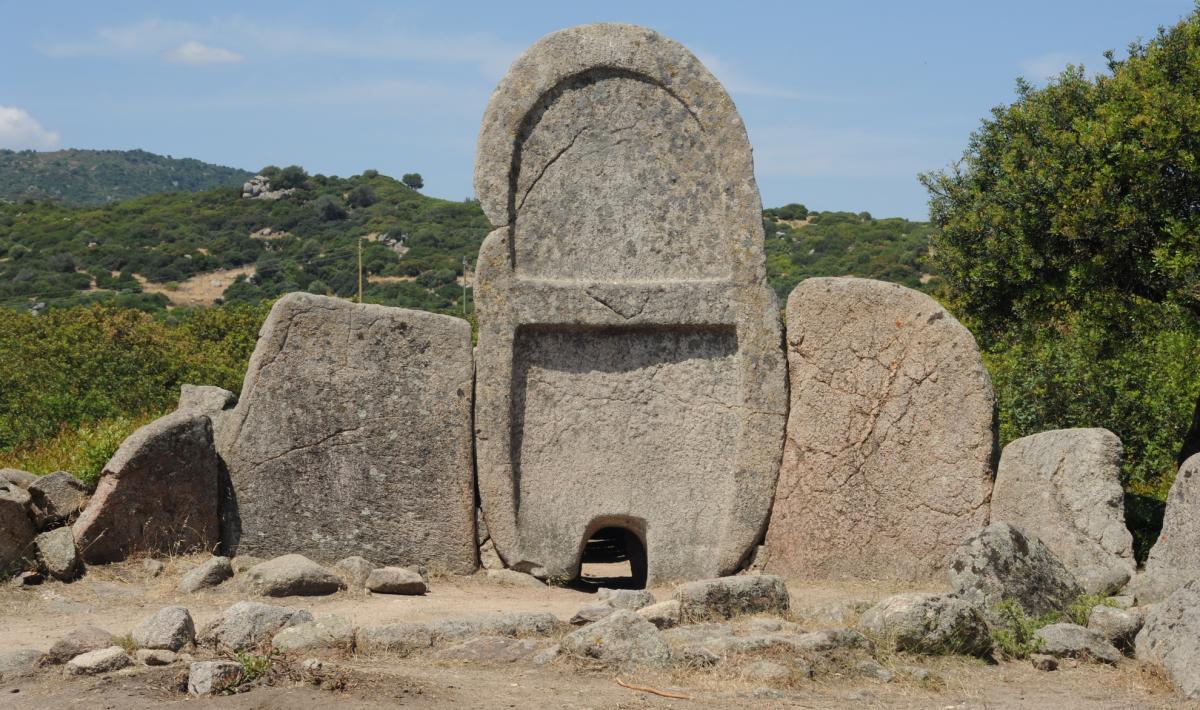

These stones, called arched stele, are thought to be the representation of the door to the afterlife, a direct evolution of the false doors of the domus de janas, and the small little aperture would be the only link between the worlds of the living and of the dead. 



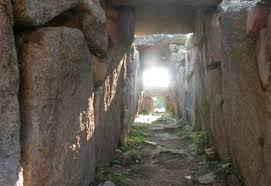

Beside the stele, there are smaller stones, aligned with decreasing height and in a semicircular shape. The actual shape can be seen from above and it resembles the taurine heads we already saw in the domus de janas. The hypothesis is in fact that bull could be considered- 





-like a godly creature or, just like with the domus de janas, it could be a representation of the uterus. In this case, the tomb would give the inumate back to the Mother Earth.
Another detail that made academics talk is the arched stele. In fact, there's only another culture-

Another detail that made academics talk is the arched stele. In fact, there's only another culture-
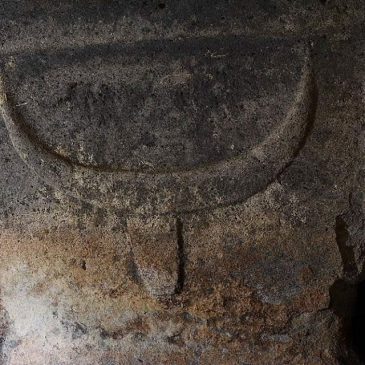

-in the Mediterranean that used them: the Egyptians. In other moments, we saw the resemblances and the contacts between the two cultures.
The tombs of the giants could host people of different social classes, as offerings demonstrated.
📸 Egyptian stele
The tombs of the giants could host people of different social classes, as offerings demonstrated.
📸 Egyptian stele

There are several evolutions of the tombs of the giants. One, especially found in southern Sardinia, lacks the stele in the front and opens only with the arc formed by simple stones, reminding the technique of nuraghes.
📸 Is Concias, Quartucciu
📸 Is Concias, Quartucciu

• • •
Missing some Tweet in this thread? You can try to
force a refresh








